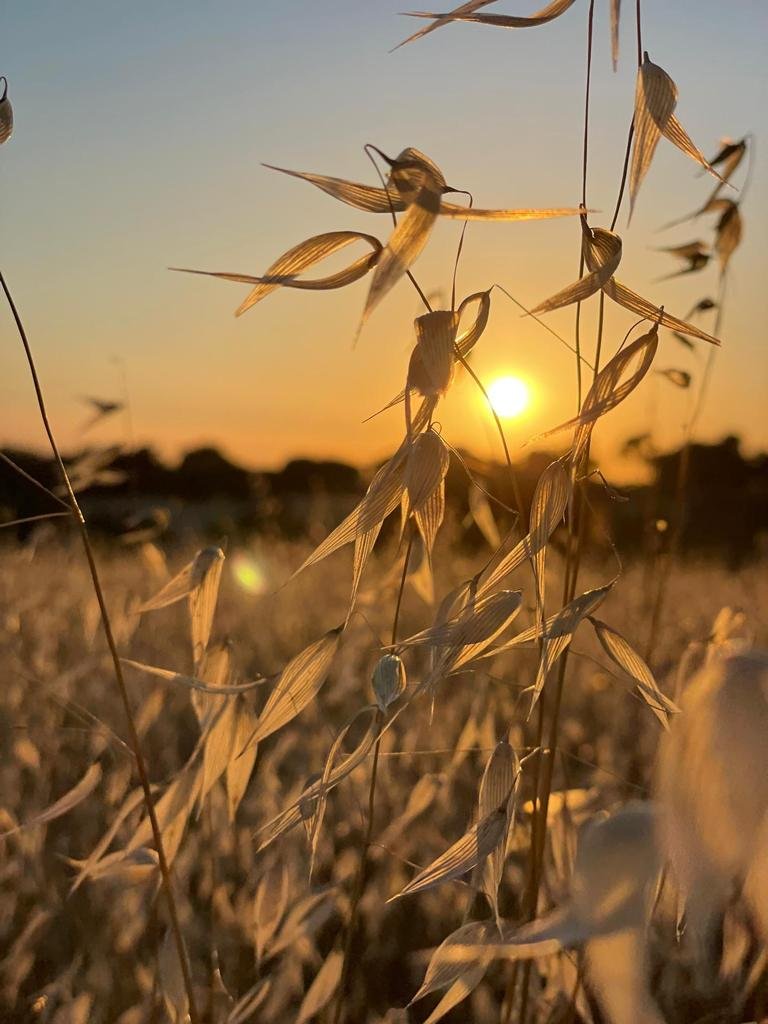May at Vinagra Village
May at Vinagra Village was scorching hot, with average temperatures reaching 29ºC. Managing complexity was crucial as we faced the challenges of drought and unusually high temperatures resembling those of August.
Driven by our Holistic Context, we decided to replace electric fences with stock panel fences due to the lack of soil moisture, rendering the electric fences ineffective for our sheep flock. Animals play a vital role in our regenerative process, enhancing soil health. Healthy soils have better water retention capabilities, and incorporating organic matter like the manure from our flock can improve soil structure and water-holding capacity. While we haven't implemented cover crops yet, they hold the potential to further enhance soil health by reducing evaporation and suppressing water-competing weeds.
Agroforestry, which involves integrating trees and shrubs into farming systems, proves valuable even in water-limited areas. To accelerate our agroforestry practices, we employ the following strategies:
Selecting Drought-Tolerant Species: We opt for shrub species native to semi-arid regions, such as tagasaste, with deep root systems that access water from lower soil layers and possess physiological adaptations to conserve water.
Maximizing Water Efficiency: We utilize efficient irrigation systems like drip irrigation, delivering water directly to the plant base to minimize evaporation. Additionally, we mulch around tree bases because it helps reduce evaporation and retain soil moisture, a technique we implemented in May.
Rainwater Harvesting: While rainwater is our most valuable water source, unfortunately, May did not provide any rainfall and as a result one of the ponds is almost dry.
Despite the water limitations in Alentejo, we believe that careful planning and management can establish agroforestry as a sustainable farming practice at Vinagra Village.

